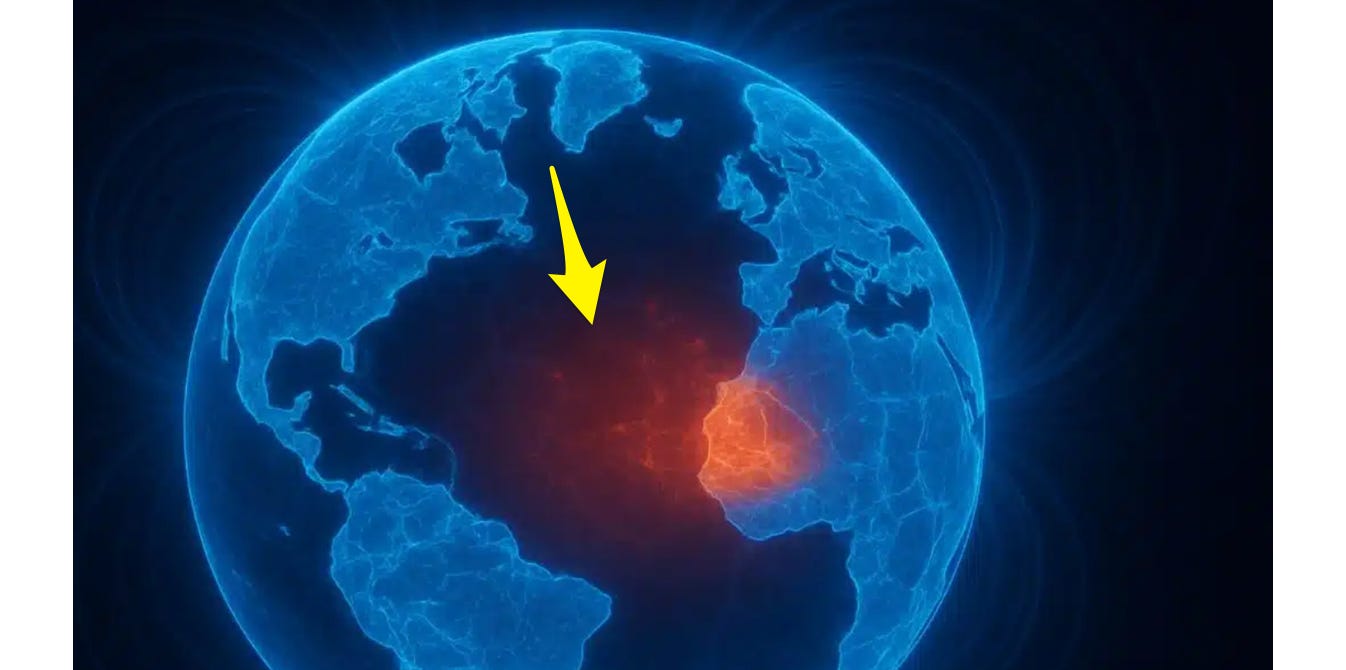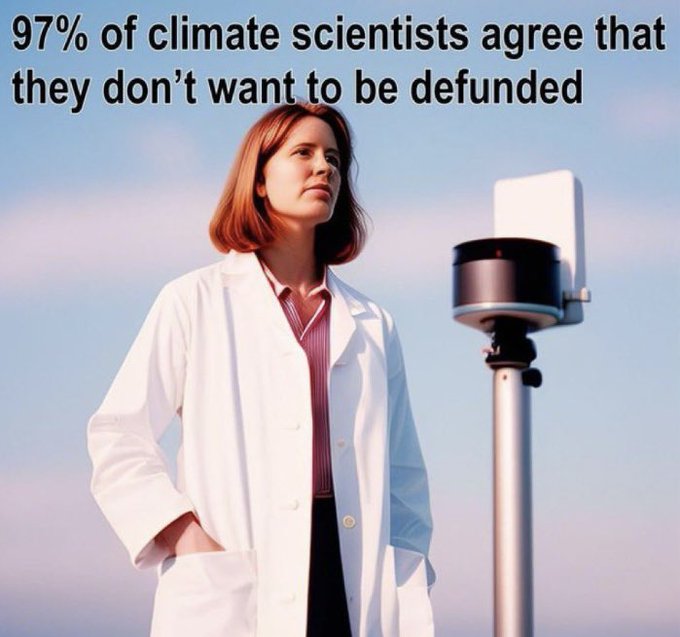For our final Harvard tie-in: it’s Bad News! The Guardian ran an astonishing story yesterday that should get about a million times more attention than it did, except for its narrative inconvenience. The article’s headline advised, “
Planet’s darkening oceans pose threat to marine life, scientists say.” Oh boy.
Now what?
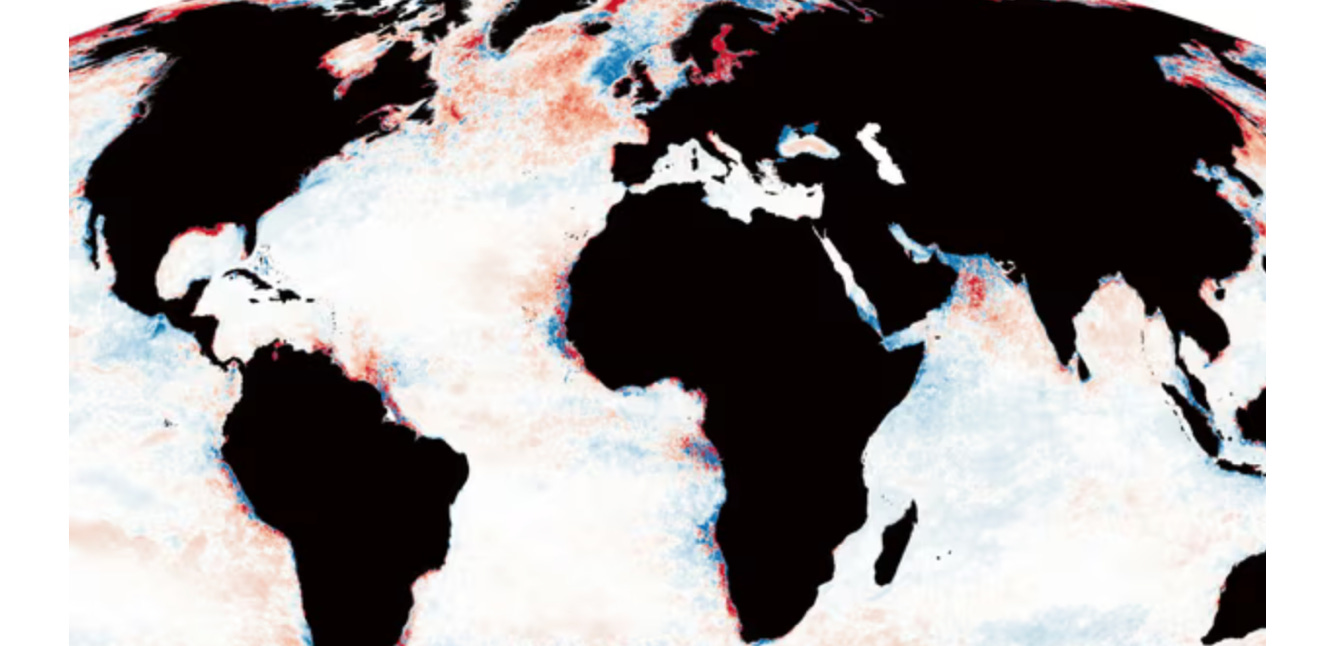
“Satellite data and numerical modeling,” the Guardian informed readers, “revealed that more than a fifth of the global ocean darkened between 2003 and 2022, reducing the band of water that life reliant on sunlight and moonlight can thrive.”
In simpler words, over 19 years, more than a fifth of the ocean’s living space has been squeezed into an ever-shrinking strip — because sunlight can’t reach it anymore. Remember that: less sunlight.
The article was curiously unconcerned with the knock-on effects. But it is potentially catastrophic. Phytoplankton rely on sunlight for photosynthesis. If the ‘photic zone’ shrinks, phytoplankton habitats shrink. Less phytoplankton means less food for zooplankton. That means less global oxygen production, since phytoplankton make ~50% of Earth’s oxygen.
I’ll say it again: The photic zone — the sunlit top ~200 meters of the ocean — is where 90% of marine life exists and where phytoplankton produce half of the world’s oxygen. It’s kind of a big deal if it keeps getting smaller.
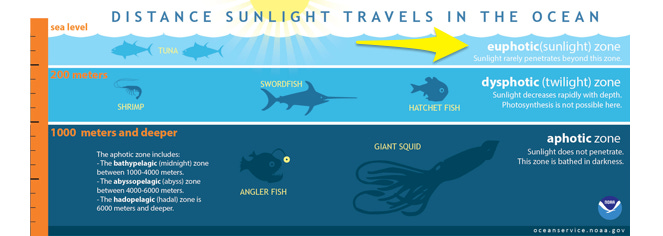
Species that depend on specific light levels, temperature gradients, or stable food chains may go extinct locally or globally. Beloved coral reefs are vulnerable. Genetic diversity could shrink as specialist species lose their ecological niches. Fish stocks may decline due to bottom-up food chain collapse. Whales, seabirds, and larger predators could suffer secondary losses.
In other words, it is exactly the kind of brooding ecological disaster that is the corporate media’s bread and butter.
Usually.
But this ecological catastrophe? Media is strangely muted. There were no fiery
New York Times op-eds, no scolding Greta on a yacht, no emergency UN summit featuring Bono, drone light shows, and holograms. You’d
think that “a fifth of the ocean going dim” would be good for at least a TikTok explainer or a climate anxiety segment on
NPR.
The problem, you see, is this particular crisis isn’t photogenic. There’s no smokestack villain. No SUV to shame. And worst of all — it whispers an awkward, unwelcome question:
what’s blocking the sunlight?
Some of you probably know where I’m headed.
“And the second angel sounded … and the third part of the creatures which were in the sea, and had life, died.
— Revelation 8:8-9.

For years, Bill Gates has funded ‘global warming research’ through, wait for it,
Harvard’s Solar Geoengineering Research Program. The long-standing project proposes using calcium carbonate or sulfate aerosols to
reflect solar radiation. The controversial program has been paused several times, due to public opposition, logistical concerns, indigenous groups, and increasingly rare ‘real’ environmentalists.

In other words, they just needed to find some compliant third-world countries where conducting these types of experiments is … easier. No international treaty bans SRM testing. A 2010 UN moratorium was non-binding, and even that was hollowed out with exceptions for “small-scale scientific research.” There’s nobody to intervene if someone fogs the sky over Uganda under the guise of “solar light scattering analytics.”
It’s not like Harvard or Gates put their names on it. NGOs, university grants, foundations, and fly-by-night “climate research” firms can do all the dirty work.
Harvard euphemistically describes the idea of spraying reflective particles into the upper atmosphere to dim the sun (cool the Earth) as Solar Radiation Management (SRM). Imagine the incomprehensible hubris of thinking they can manage the Sun.
Not that they noticed, but the timeline cited in the Guardian’s study (2003–2022) overlaps almost perfectly with increased SRM research and “small scale” field trials. The media pretends not to notice because no one wants to say it out loud. The implications would blow a volcano-sized hole in the climate intervention narrative and ignite regulatory hellfire.

Meanwhile, reports of atmospheric haze, reflective sky phenomena, and “milky” sun halos have cropped up globally in the past decade, especially post-2015. Aluminum, barium, and strontium — all known candidates for aerosol geoengineering — have turned up in rainwater sampling and soil studies.
And, of course, the
chemtrails. Skywatchers constantly complain about increased aviation patterns at high altitudes during “non-traffic” periods, and about bizarre, persistent contrail patterns that slowly expand into a thin grey morass that smears the sky instead of evaporating.
Chemtrails are practically mainstream now. They’re not even denying it anymore. Two days ago,
Phys.org ran a story headlined, “
Florida bill would ban 'chemtrails' and 'geoengineering.' But what are they?”

“Geoengineering—also known as climate engineering—refers to large-scale efforts to combat climate change,” the article explained, “including proposals to fire small reflective aluminum particles into the air to act as mirrors and
deflect the sun's rays away from Earth.”
The story quoted Stanford atmospheric scientist Mark Jacobson — no backwoods tinfoil hat wearer — who called solar geoengineering a “horrible idea,” warning that “reducing sunlight reduces
photosynthesis,” which could lead to mass crop failure and global starvation. But so what?
Climate change!
 They don’t always call it SRM. That’s Harvard’s preferred label. Governments and defense agencies have a long, Orwellian history of using dual-purpose research and thesaurus-heavy relabeling programs, like “atmospheric opacity studies,” “solar albedo field experiments,” and “high-altitude particulate distribution models.”
They don’t always call it SRM. That’s Harvard’s preferred label. Governments and defense agencies have a long, Orwellian history of using dual-purpose research and thesaurus-heavy relabeling programs, like “atmospheric opacity studies,” “solar albedo field experiments,” and “high-altitude particulate distribution models.”
The Guardian tells us that 21% of the global ocean has darkened since 2003 — compressing the photic zone where 90% of marine life lives and where phytoplankton churn out oxygen and food like an unseen but absolutely essential factory.
So … if even small-scale atmospheric dimming — like from volcanic eruptions — can lower the amount of light reaching the surface, what happens when high-altitude planes release solar-reflective particles directly into the stratosphere? The answer is: they don’t know. That’s why they are testing it, dummy. Here’s NOAA’s helpful diagram:
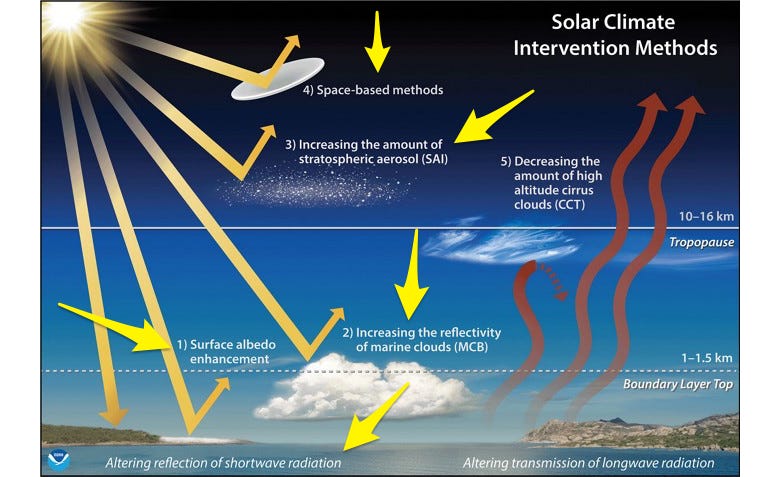
So let’s put a bow on it. This week, Harvard gave us the full syllabus of civilizational rot: a tenured professor of honesty caught falsifying honesty data; a morgue manager shipping faces and hands to gothic craft stores; and now, a planet whose oceans are going dark from lack of sunlight — possibly from geoengineering experiments cooked up by the same technocratic priesthood that once taught ethics from behind ivy-covered walls.
The truth is, the same elite institutions trafficking in nudges and necromancy now want to manage the
Sun itself with aerosol mirrors and solar behavioral compliance. Harvard used to illuminate minds; now it’s blocking the literal sunlight — literally and figuratively. A once-Christian university, it now runs occult rituals in lab coats, darkening both the heavens and the seas in the name of science. It’s not just a decline. It’s a descent — an institutional Fall, wrapped in prestige, powered by grant money, and hurtling toward Revelation not with trumpets, but with budgets.
I’m sorry to say it, but Harvard’s destruction couldn’t come a moment too soon.
Trump nukes Harvard’s contracts; liberals howl; ethics prof fakes honesty study; morgue director sells body parts; oceans go dark—and yes, there’s a Harvard link to that too. Plus more.

www.coffeeandcovid.com
